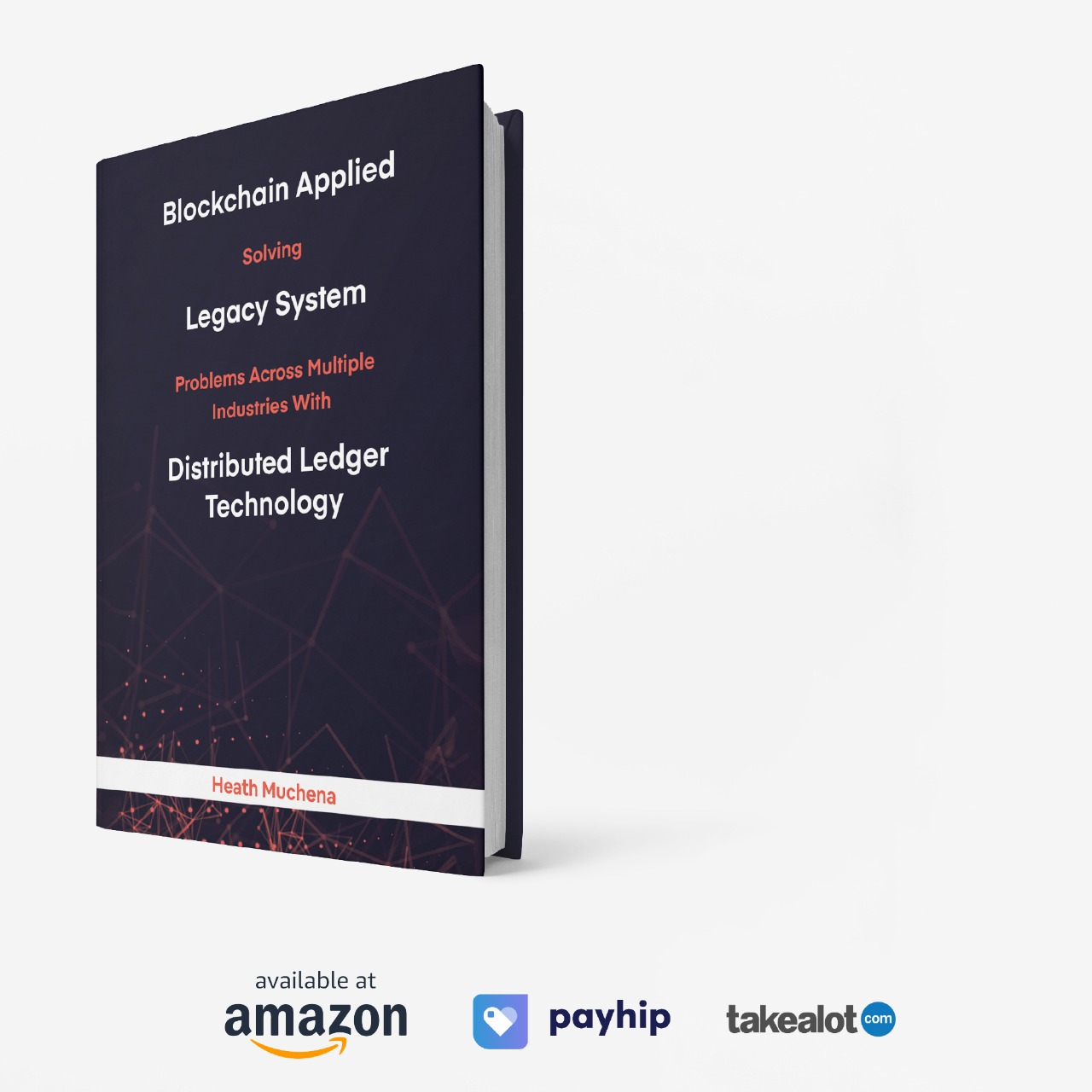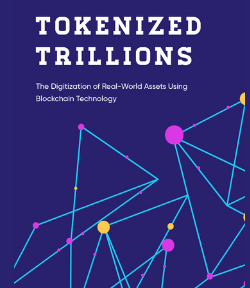
In 2020–2021, decentralized finance (DeFi) promised to turn every crypto holder into their own banker. Liquidity mining, yield farming, and algorithmic lending protocols generated eye-popping returns — but also eye-watering losses for those who misjudged the risks.
Now, in 2025, DeFi is no longer a chaotic experiment. Regulation, better infrastructure, and more sophisticated users have reshaped the landscape. The question is: can you still make money in DeFi — and if so, how?
The Profit Potential
The era of 10,000% APY “degen farms” has faded, replaced by more sustainable yields and real-world use cases. In many ways, that’s a good thing.
-
Stable yields in lending protocols like Aave, Compound, and Spark often range from 4–8% for stablecoins and 5–10% for major tokens.
-
Liquid staking (boosted by the SEC’s 2025 ruling that LSTs aren’t securities) lets ETH, SOL, and AVAX holders earn 3–6% staking rewards while keeping liquidity via derivative tokens.
-
Real World Asset (RWA) platforms such as Ondo, Maple Finance, and Centrifuge are paying 7–12% for tokenized treasury or credit products.
In short: returns are lower than the DeFi summer frenzy, but they are now more predictable, and in many cases still outperform traditional savings or bonds.
The Risks: Familiar and Evolving
DeFi is still risky — the main difference is that in 2025, the risks are better understood and, in some cases, easier to mitigate.
-
Smart Contract Exploits – Code bugs remain the top source of losses. Audits help, but no protocol is 100% immune.
-
Rug Pulls & Governance Attacks – Smaller projects can still vanish overnight if founders dump tokens or DAO votes are manipulated.
-
Impermanent Loss – Providing liquidity in volatile pairs can erode returns if prices diverge.
-
Stablecoin Depegs – Even reputable stables like USDC or DAI can briefly lose their peg in stress events.
-
Regulatory Action – Protocols offering yield without compliance could face sudden shutdowns in certain jurisdictions.
The takeaway? Profits are possible, but only if you treat DeFi as an investment discipline, not a lottery.
The Tools of the Trade in 2025
Savvy DeFi investors rely on a toolkit that blends on-chain analytics, automation, and security.
-
Portfolio Tracking & Analytics:
-
DeBank, Zapper, CoinTracking – for monitoring positions, historical yield, and taxable events.
-
-
Risk Scoring Tools:
-
DefiSafety, CertiK Skynet, DeFiLlama – for checking audits, TVL trends, and code security scores.
-
-
Automation & Bots:
-
Yearn, Beefy Finance, Autofarm – automate yield strategies with compounding.
-
-
Security Essentials:
-
Hardware wallets like Ledger or CoolWallet Pro for cold storage.
-
Permission managers like Revoke.cash to cut risky contract approvals.
-
Best Practices for DeFi Profitability in 2025
-
Start with Blue-Chip Protocols – Stick to established names before exploring experimental platforms.
-
Diversify Yield Sources – Mix lending, staking, and RWAs rather than going all-in on one strategy.
-
Understand the Tokenomics – Yields paid in volatile governance tokens can lose value faster than they accumulate.
-
Manage Liquidity Risks – Avoid locking up funds you can’t afford to lose or access quickly.
-
Keep Security Non-Negotiable – Use multi-sig or hardware wallets for large holdings.
-
Review Positions Regularly – Markets change fast; yesterday’s high-yield pool could be tomorrow’s liquidity trap.
So… Is DeFi Still Profitable?
Yes — but the game has changed. Instead of chasing moonshot farms, successful DeFi investors in 2025 focus on risk-adjusted returns, diversified exposure, and sustainable protocols. Think less “get rich overnight” and more “build steady crypto income.”
DeFi’s future will likely intertwine even more with tokenized real-world assets, regulated yield products, and AI-powered portfolio management. Those willing to adapt, learn, and manage risk stand to profit — even in a more competitive, regulated environment.






